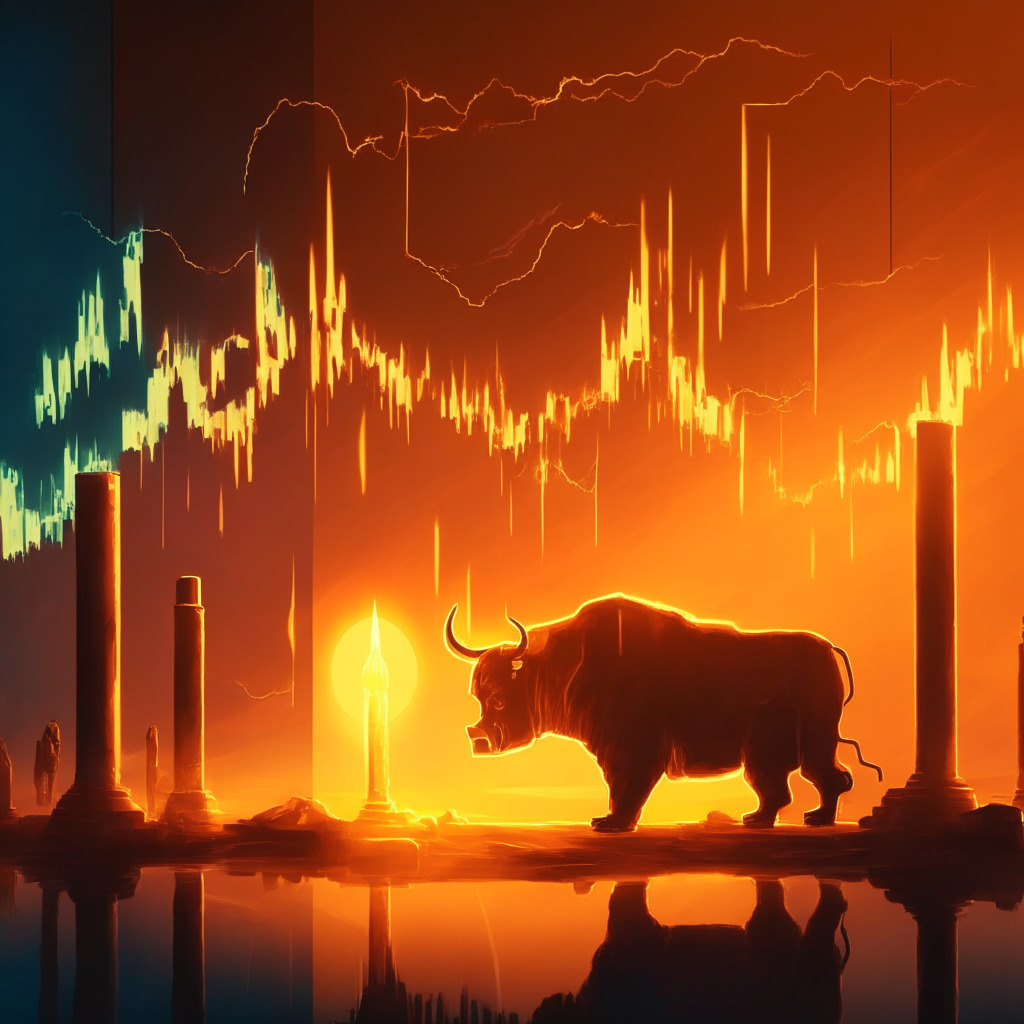Binance USD (BUSD), the dollar-pegged stablecoin, has recently experienced a dip of over $1 billion in market capitalization, resulting in a drop to the fourth position among other stablecoins. This decline in BUSD’s market cap comes amid considerable developments surrounding Binance, following FTX’s notable collapse in November 2022.
The partnership between Binance and Paxos Trust to create BUSD in September 2019 brought its share of challenges. After being served a Wells Notice from the U.S. Securities and Exchange Commission, the New York Department of Financial Services (NYDFS) ordered Paxos to stop the issuance of BUSD. These events, along with the most recent SEC lawsuit against Binance on June 5, have significantly impacted BUSD’s market share.
While BUSD is experiencing a decline, some stablecoins pegged to the U.S. dollar have seen changes in market dominance. For instance, Tether (USDT) has climbed back to its all-time high, while other stablecoins, such as Circle’s USD Coin (USDC), have experienced a decline in market share over the same period.
This ebb and flow in the stablecoin market raise questions about the future of dollar-pegged stablecoins and their role in the crypto market. Will we continue to see growth and dominance in some stablecoins, like Tether’s USDT, or are we observing a temporary shift that’ll eventually rebound? Furthermore, how will regulatory bodies continue to influence and potentially limit the operations of stablecoins like BUSD, and will these restrictions impact public perception and adoption in the long run?
While it’s clear that the popularity of stablecoins won’t fade any time soon, it’s essential to consider these shifting market dynamics and the potential consequences of regulatory decisions on the broader crypto market. As the landscape for stablecoins continues to evolve, so too will the roles they play in the global financial ecosystem.
Source: Cointelegraph




